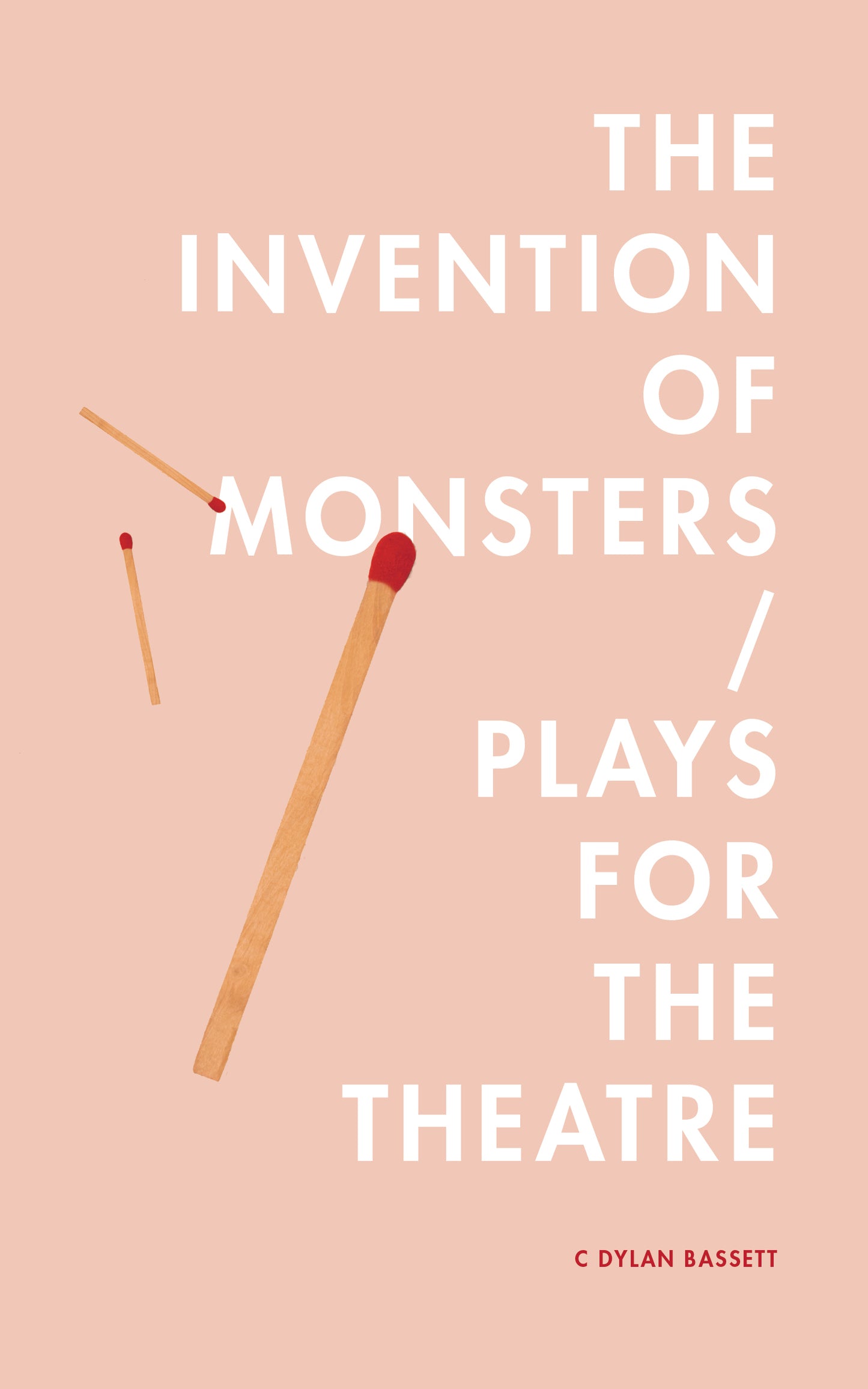The Invention of Monsters / Plays for the Theatre
The Invention of Monsters / Plays for the Theatre
Couldn't load pickup availability
The Invention of Monsters / Plays for the Theatre
C Dylan Bassett
$14.95
Somewhere between monologue and stage direction, the one-act plays in The Invention of Monsters / Plays for the Theatre center around what it means to be ill-cast in life. How it feels to wear a costume, a body, a face. How sex can be both transformative and nightmarish. Each scene-poem is the tip of an iceberg, evoking a larger performance rather than operating as a conventional script. A new kind of theatre text, these plays/poems beg to be performed, with exactly how depending entirely on the reader.
One-Act Play Collection, Prose Poetry, Prompts for Devised Theatre
Cast: 1A-?
Cover design by Chelsea Majuri
REVIEWS
PRAISE
These are ravishing performance texts—concise prose poems that invite active interpretation. How are they to be brought to the stage—as monologues, as dialogues, as stage directions indicating a mise-en-scéne—or as a combination thereof? Alternately playful, sexual, and moralistic in the best sense of the word, these plays deserve an audience.
—David Greenspan
Cunningly exploiting the prose poem's genre problem to explore the gender problem, C Dylan Bassett's moving sequence examines icons and clichés of male identity with a bemused, rueful, tender, estranged eye. In frequently gorgeous and often uncanny 'scenes,' restlessly paratactic sentences coexist in isolation, echoing the structural loneliness of gender construction. These songs of experience still remember innocence, but know sex cannot help us avoid the masks culture insists on imposing on our faces, “mirrors” in which “other faces come and go.”
—Donna Stonecipher
Using the simple machine of the sentence, C Dylan Bassett builds an intricate and hypnotic mise-en-abîme. The Invention of Monsters surveils the world's impulse to police itself with a re-sequenced form of seeing. The moving parts of each prose diorama refuse the logic of prefabricated projection. This book is best viewed through a compound eye.
—Eric Baus
Share

